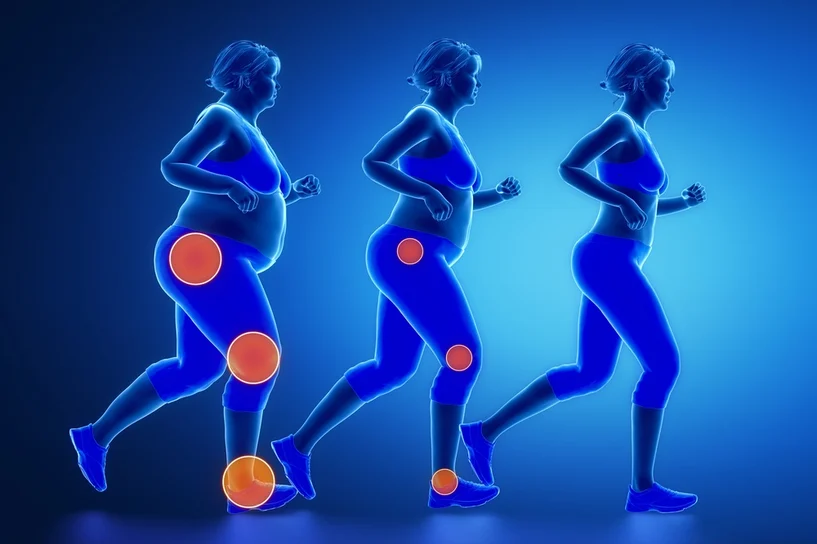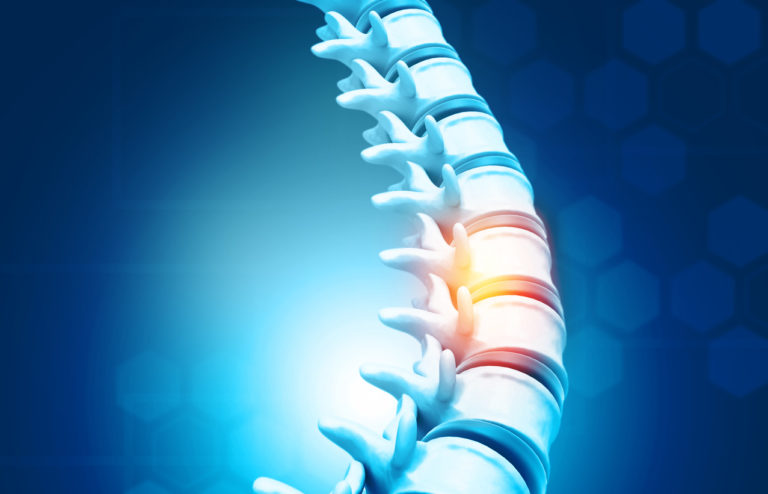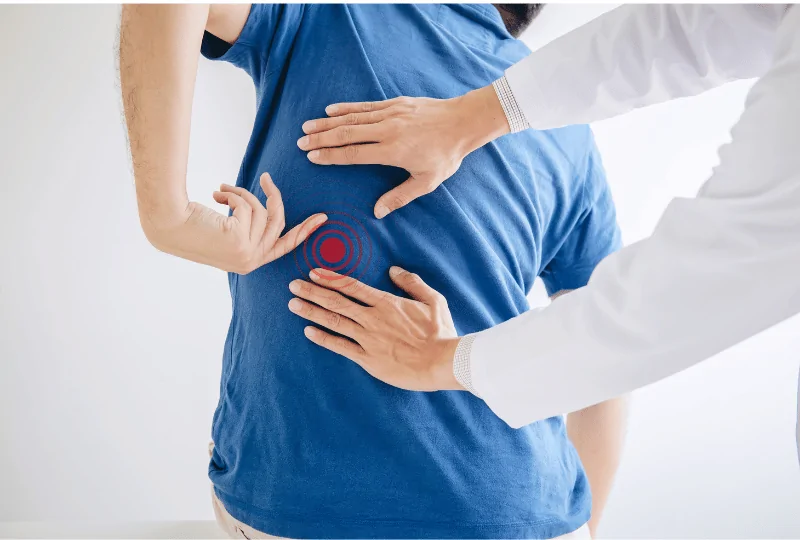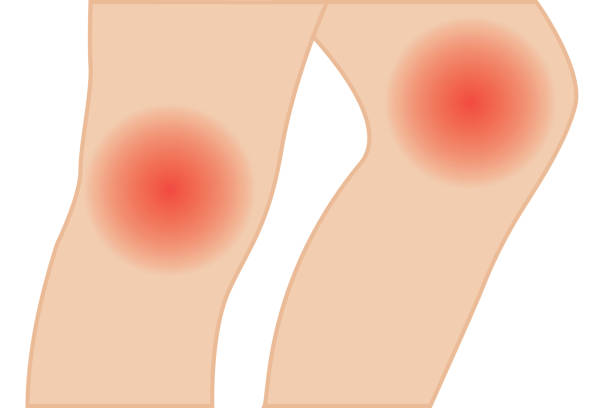



Osteogenesis
Bones grow through osteogenesis, or “bone beginning,” from birth to early adulthood, elongating until we reach our maximum height.
Our bodies continuously repair and regenerate bones throughout life. Usually, damaged or fractured bones can heal themselves effectively with time, blood flow, and proper stabilization. This may include using casts, boots, pins, plates, or screws in various procedures.
Approximately 5-10% of individuals undergoing orthopedic surgery or experiencing fractures may encounter a situation where their bones do not naturally heal or experience a delayed healing process. When bones fail to heal, known as non-union, an orthopedic specialist typically addresses and resolves the condition.
Doctors often diagnose non-union through several weeks or months of x-ray exams. These tests show if new bone forms at the fracture or surgical site. If little to no new bone forms during the expected healing time, it signals non-union or delayed union. Additionally, patients may continue to experience persistent pain in the affected area long after the initial fracture or surgery.
Physicians address non-union by employing strategies such as surgery, internal or external fixation, bone grafting, or using biologic bone substitutes. Among these alternatives, the least invasive and non-surgical option involves the utilization of a durable medical equipment device known as a Bone Growth Stimulator (BGS). As bones naturally generate a mild electric field during their healing and growth phases, a Bone Growth Stimulator functions by delivering additional energy to the healing bone’s surface.
Administering enhanced energy, either through pulsed electromagnetic waves or ultrasound waves, accelerates the bone healing process. At Daphco Medical Equipment, we have external bone growth stimulators. Internal BGS units are expensive, implanted at the time of surgery and require a second surgery to remove the battery and wires of the unit from the body.
Below are types of External BGS’s (Bone Growth Stimulators);
BONE GROWTH STIMULATOR FOR ARM
Designed to treat nonunion caused by trauma, the PhysioStim bone growth stimulator for the arm effectively addresses fractures and unsuccessful fusions that do not heal naturally. It effectively addresses fractures and unsuccessful fusions that don’t heal naturally. The cordless design allows you to move around freely during the healing process. Click here to see more.
BONE GROWTH STIMULATOR FOR SPINE
A supplemental device used post-spinal fusion surgery by patients at high risk of non-fusion. It also addresses a failed fusion resulting from a previous surgery. If you have undergone a spinal fusion, this bone growth stimulator will accelerate your bone healing process and save you from a potential second surgery. Click here to see more.
BONE GROWTH STIMULATOR FOR NECK
External Bone Growth Stimulators (BGS) work on almost any body part where a fracture or surgery occurred. They come in two main forms: one has units connected to electrodes sending current to the skin over the non-healing bone, while the other is a brace or belt worn by the patient or used for support while sitting. For best results, the BGS unit should be used for several hours daily over three to nine months, and it’s crucial for patients to adhere to this regimen.
These units are known for their comfort, lightweight design, and safety. They do not require adjustments, unlike Transcutaneous Electrical Nerve Stimulation (TENS) units. Moreover, the electric current they emit is imperceptible and does not cause any discomfort to the patient.
DOES MEDICARE COVER THESE TYPE OF UNITS?
The cost of this technology can vary significantly, typically falling within the range of $5000 to $7000, contingent upon factors such as the manufacturer and the specific area of the body to be treated. When prescribed by an orthopedic physician, BGS units are generally eligible for coverage by most insurance providers, although exceptions may exist. Depending on your insurance plan, you might either have the entire cost of the unit covered or encounter some out-of-pocket expenses. It is advisable to consult with your insurance carrier if your physician recommends a Bone Growth Stimulator to determine the extent of your coverage and potential expenses or you can fill out a form here so that we can check your eligibility with Medicare.
Search Articles
Latest Articles
28th Feb, 24
23rd Feb, 24
20th Feb, 24
15th Feb, 24
13th Feb, 24



 888-616-4156
888-616-4156 

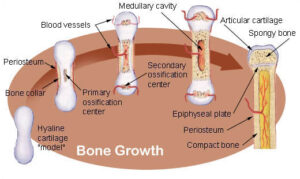

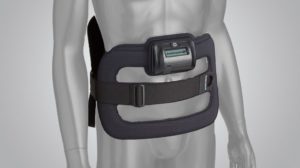
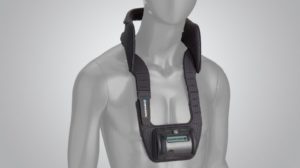

 28th Feb, 24
28th Feb, 24 